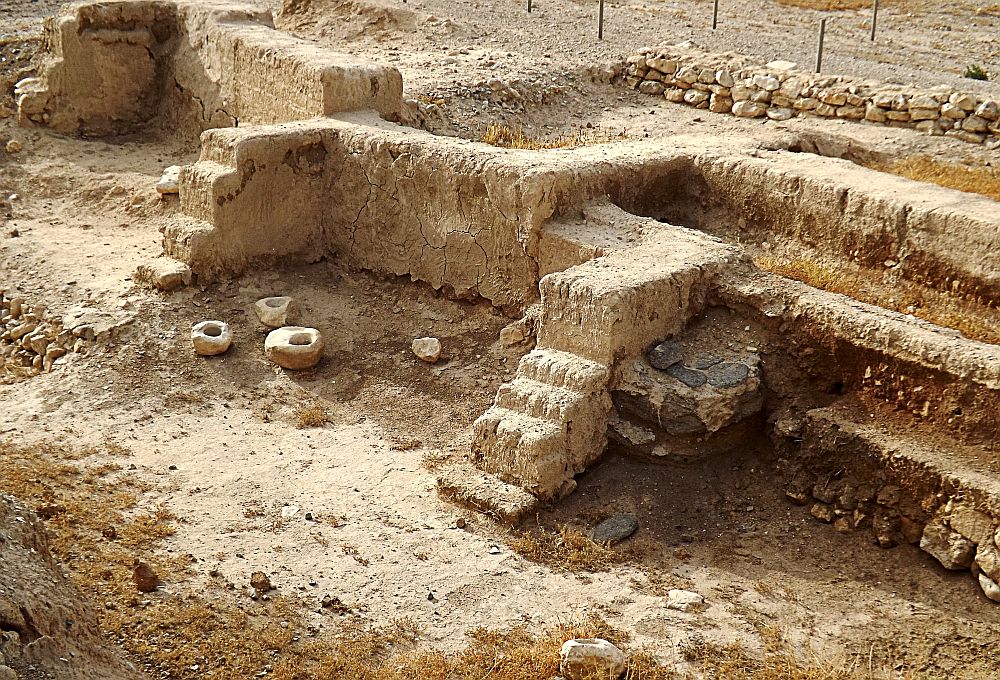
[Image above] Dakar, the capital of Senegal. Construction of concrete buildings is booming in the city and driving the heat island effect. Credit: Jeff Attaway, Flickr (CC BY 2.0)
For climates with large daily temperature swings, concrete buildings are beneficial due to their high thermal mass, or their ability to absorb and store heat energy. Because concrete delays and reduces heat transfer through a structure, a concrete building requires less energy for heating and cooling.
However, in climates that stay consistently warm throughout the day, the high thermal mass of concrete becomes a serious downside. Without a cool night to give the concrete a chance to release its stored heat, concrete buildings can become unbearably hot—and then require more energy for cooling than other buildings.
The problem of overheating in concrete buildings is compounded when buildings are closely packed together, as happens in big cities. The buildings can trap air between them, which reduces air flow, and the accompanying sidewalks and roads displace native trees and vegetation, thus minimizing the natural cooling effects of shading and evaporation of water. Taken together, these elements can lead to the city becoming an urban heat island—a metropolitan area that is significantly warmer than its surroundings.
The problem of excruciatingly hot concrete buildings is one that Dakar, the capital of Senegal, is facing. Sub-Saharan Africa is often regarded as the world’s fastest urbanizing region. In the West African country of Senegal, building structural infrastructure is one of the foundations of the Emerging Senegal Plan, the country’s policy framework aimed at getting Senegal onto the road to development by 2035.
In Dakar, the effects of this policy are immediately evident by the dwindling number of green spaces (and, sadly, the increasing number of drowning deaths as people seek leisure space at the beaches). With summer days frequently reaching temperatures of 100°F (38°C), the concrete buildings can become like furnaces that require air conditioning to cool, an expensive and often polluting solution.
Instead of air conditioning, several groups in Dakar are exploring alternative ways to combat the heat.
Cool Roofers movement
In 2018, the Kigali Cooling Efficiency Program (K-CEP) and Sustainable Energy for All published a paper on providing sustainable cooling for all. Deploying more highly reflective “cool” roofs and walls was one strategy referenced frequently throughout the paper.
Following this paper, K-CEP teamed up with Global Cool Cities Alliance, Sustainable Energy for All, and Nesta Challenges to develop the Million Cool Roofs Challenge. This $2 million global competition aims to rapidly scale up deployment of highly solar-reflective “cool” roofs in developing countries suffering heat stress and lacking widespread access to cooling services.
Cool Roof France, a company that provides a white heat-reflective coating for roofs, partnered with Dakar-based eco-construction company Elementerre Sarl and nongovernmental organization UrbaSEN to compete in the competition. They set up the Cool Roofers Senegal initiative to deploy highly reflective paint to roofs in households and public buildings in low-income neighborhoods in Dakar.
“Our strategy is therefore to demonstrate not only the effectiveness of the cool roofs solution, but also of the ‘Cool Roofers’ movement through its broader engagement of citizens, associations and institutions, so that cool roofs can be adopted and rapidly deployed over a wider area,” they explain in a news release on the initiative.
Cool Roof France released the videos below (in French) discussing the initiative.

Credit: Cool Roof France, YouTube

Credit: Cool Roof France, YouTube
The Cool Roofers Senegal project is one of the finalists competing for the $1 million prize, which will be awarded this year to the team that demonstrates the best sustainable and transferable model for rapid deployment of cool roofs.
Earth bricks for bioclimatic design
In addition to the cool roof initiative, Elementerre Sarl is collaborating with architecture firm Worofila to move away from using concrete for buildings and embracing earth bricks instead.
“Before air conditioning, people paid attention to materials and orientation for the natural regulation of heat,” says Worofila co-founder Nzinga Mboup in a Reuters article. “The moment A/C arrived, these considerations went out the window.”
Before the reliance on concrete, Senegal’s traditional dwellings were made of mud, a material that naturally regulates heat and humidity. Worofila and Elementerre Sarl hope that by reviving use of earth bricks, they can keep people cool while also reducing pollution from cement factories and electricity production.
“At the start we were looking for clients. Today we don’t look for them. We have a lot of demand,” says Doudou Deme, founder of Elementerre, in the Reuters article.
Learn more about their collaboration in the video below.

Credit: TRT World, YouTube
Author
Lisa McDonald
CTT Categories
- Construction
Related Posts
The urban fabric of brick—Part 3: Innovations and the future of design
November 11, 2025
The urban fabric of brick—Part 2: Ancient brick history
October 28, 2025


